The almond tree showpiece
The almond trees in bloom sprinkle the summit and hilltops of Gran Canaria in a white and pink tint. This is call out for a celebration!
Julián Santana remembers how there were three or four almond trees on his grandfather’s allotment. “We used to go along and eat the almonds”, he recalls. Over time, the seed that was planted in his mind germinated, grew and became his way of life. Today, Julián presides the Gran Canaria Almond Association and claims that the sector is going through some “really bubbly times”.
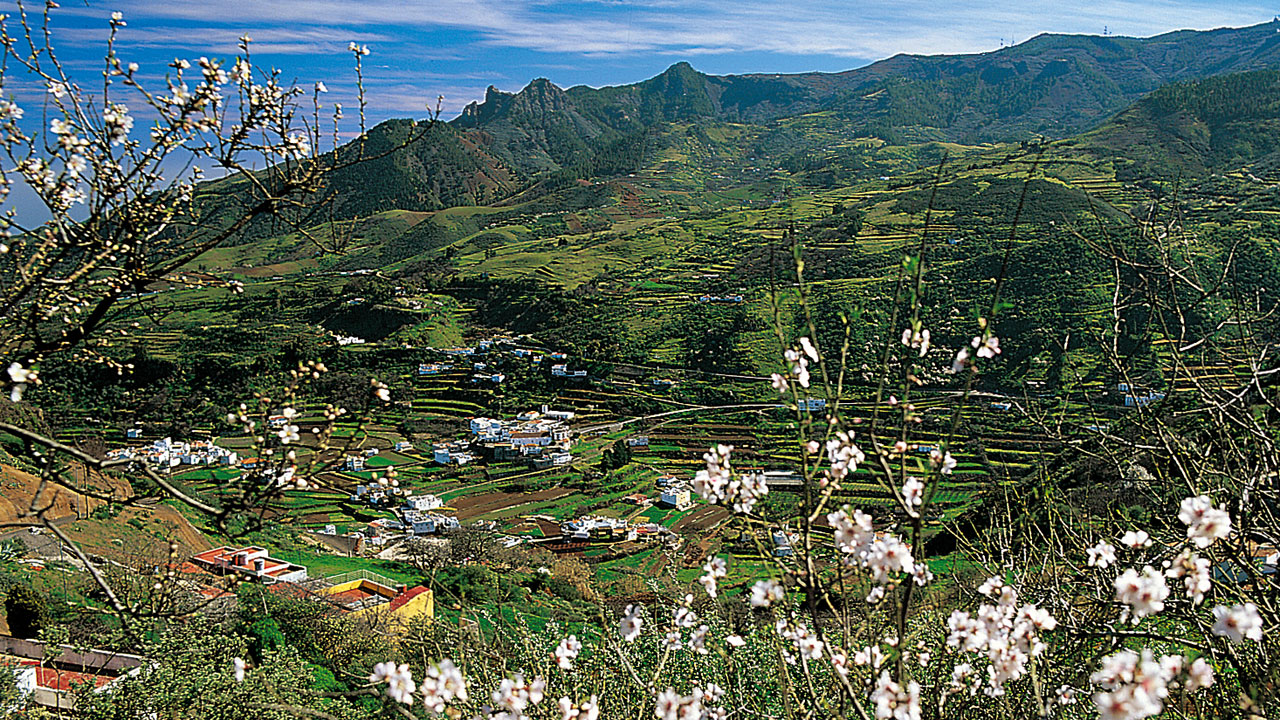
This resplendent setting reaches its peak between January and March, when tens of thousands of almond trees spread over the hills and summit area of Gran Canaria burst into flower. The Almond Association logs over 200,000 examples of them, according to figures at the Cabildo island government. Each tree brings a tiny brush stroke of colour to the wonderful canvass that around this time of year stretches over Tejeda, San Bartolomé de Tirajana, Artenara, Valsequillo, the top of the Valley of Agaete, the Guayadeque Ravine, as well as at various points around San Mateo and Santa Brígida.
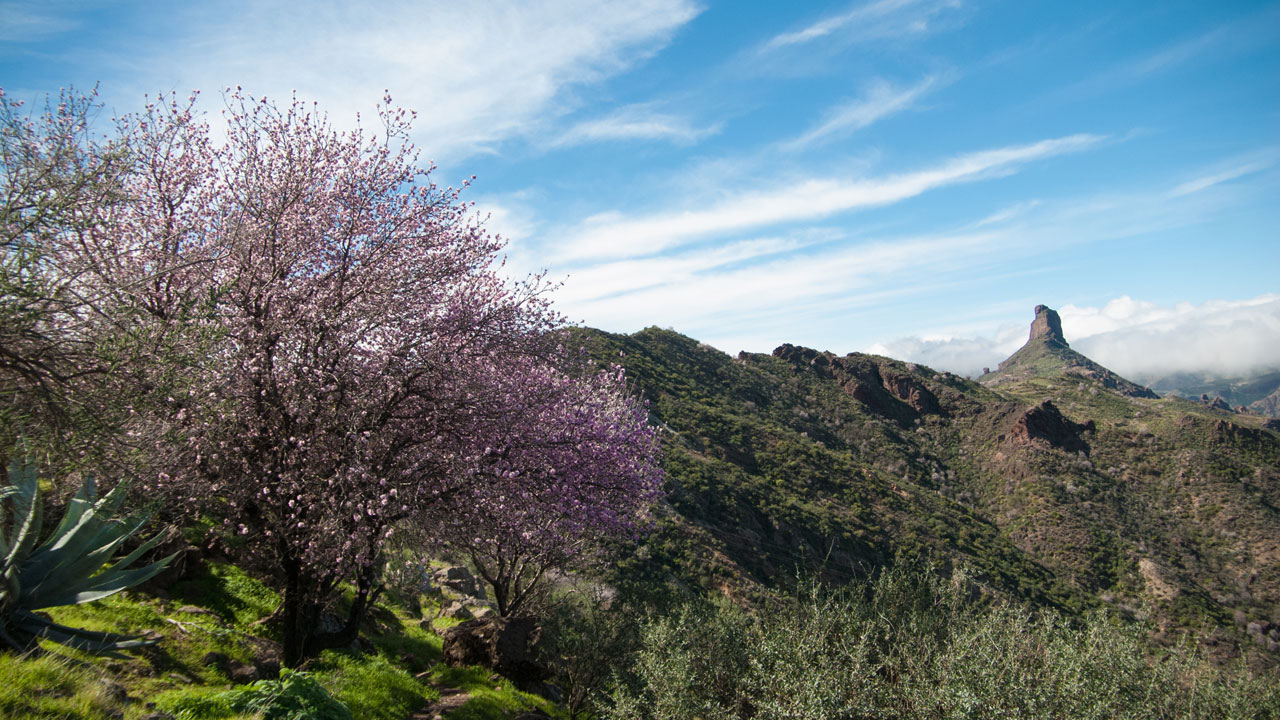
Nature spreads it white sheet all around, reflecting the colourful hue of the delicate flowers of the almond trees, tinged with soft pinky tones, as if each one hid a new dawn inside it. That is how Vincent van Gogh depicted them in 1890 in his celebrated work called ‘Almond tree in bloom’, with an intense blue sky in the background.
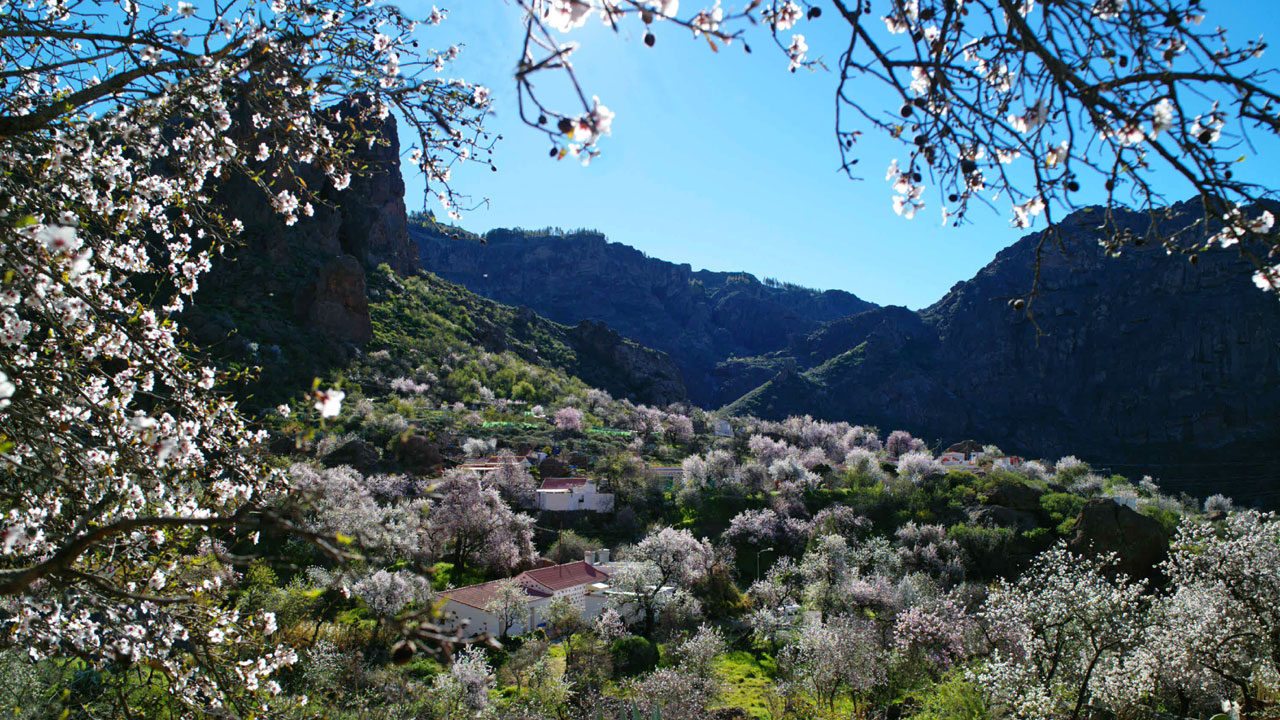
One gets the feeling that, year after year in Gran Canaria, nature reproduces that very model which was used by the inmortal Dutch artist, with the difference being that here the scene is not restricted to a museum gallery, but unfolds before our eyes in the hills, ravines, steep mountainsides and flatlands on the island. It does so forming sloping meadows where the almond trees live alongside indigenous yellow broom and tabaibas shrubs and plants, almost always in the middle or on the border of Protected Natural Areas.
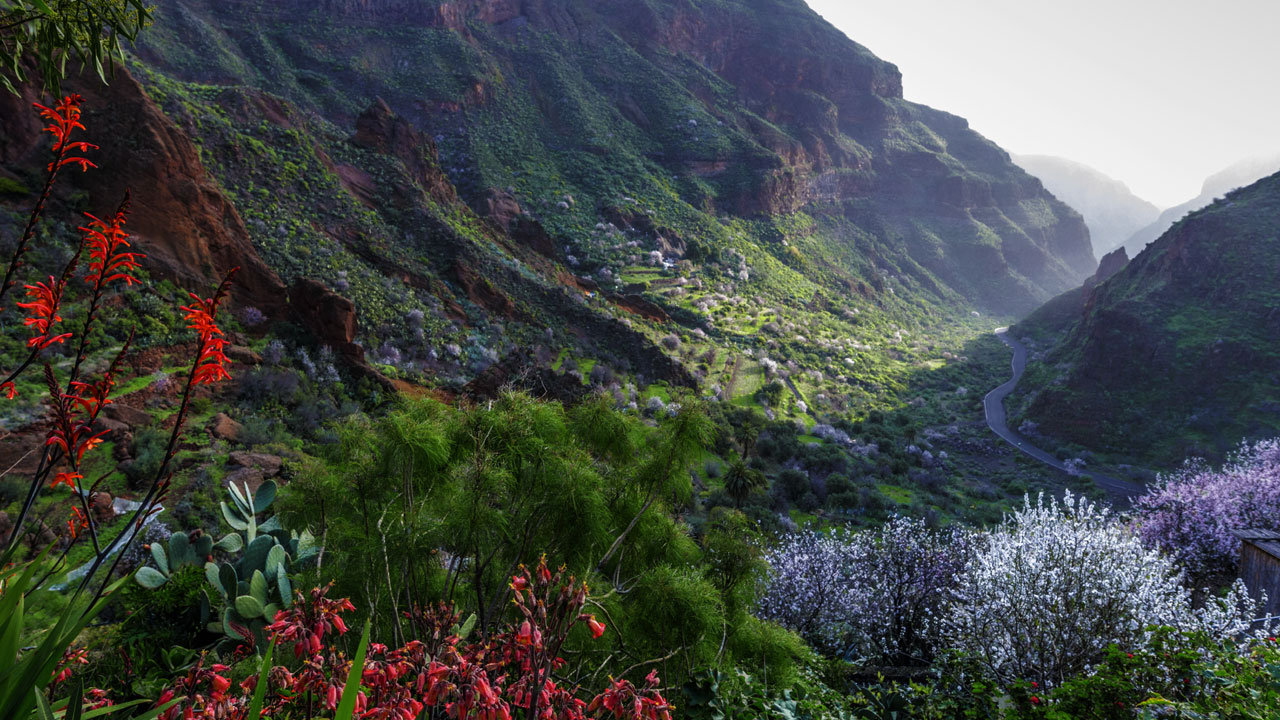
Julián points out that the almond tree forms an inherent part of the history of Gran Canaria. And he is absolutely right. Formerly, following the picking of the dry fruit, the families, from the grandparents down to the children, would come together to shell the almonds. It was normal that they would work into the evening with lively chat, song and guitar music, surrounded by all the leftovers of shells which served as fuel.
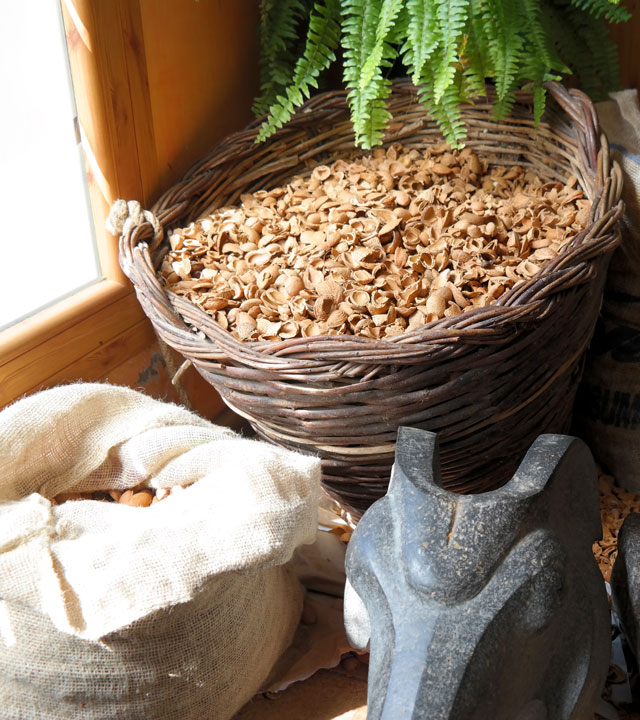
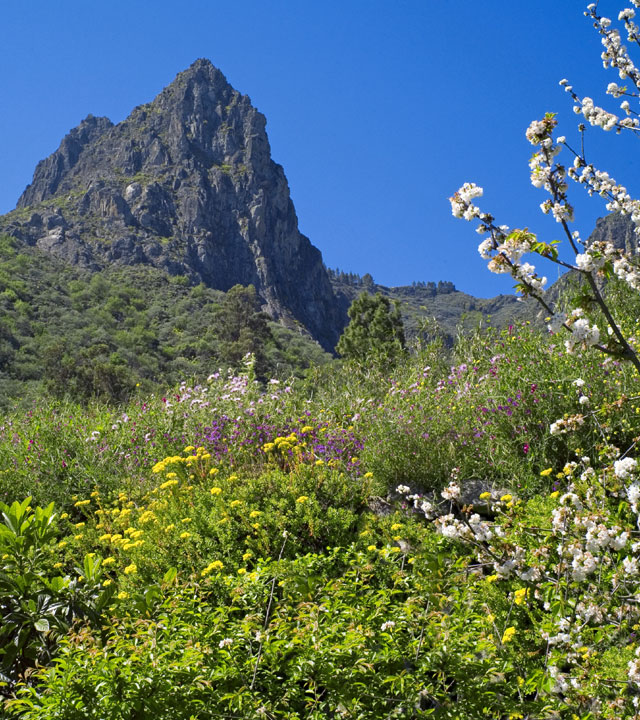
But the real treasure is stored on the inside. The almond is picked between August and September around here, and is famous for its quality and peculiar taste, with a subtle flavour of the volcanic soil the trees’ roots grow deep into, along with the ever mild climate on the island. “On a multisensory level, it is one of the richest almonds in the world”, stresses Julián. “Over forty years ago, they were sent to England, where they were highly sought after. Even today we get the odd call asking about them”, he continues.
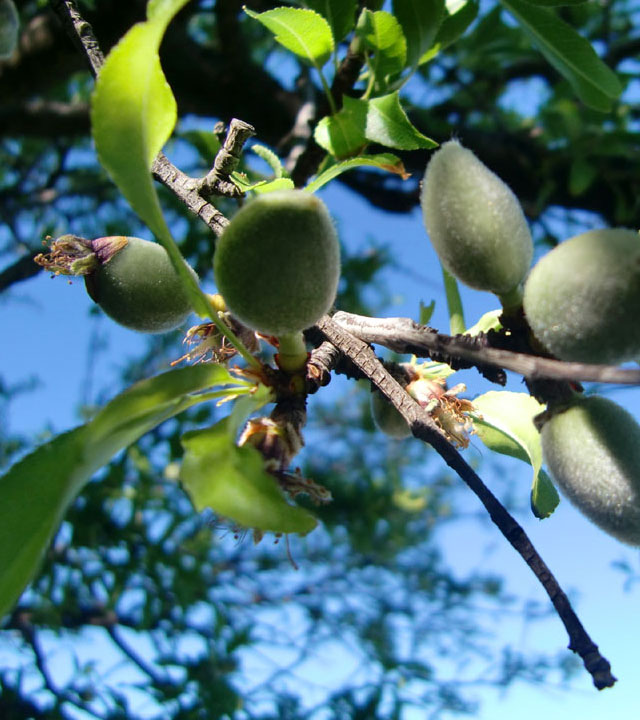
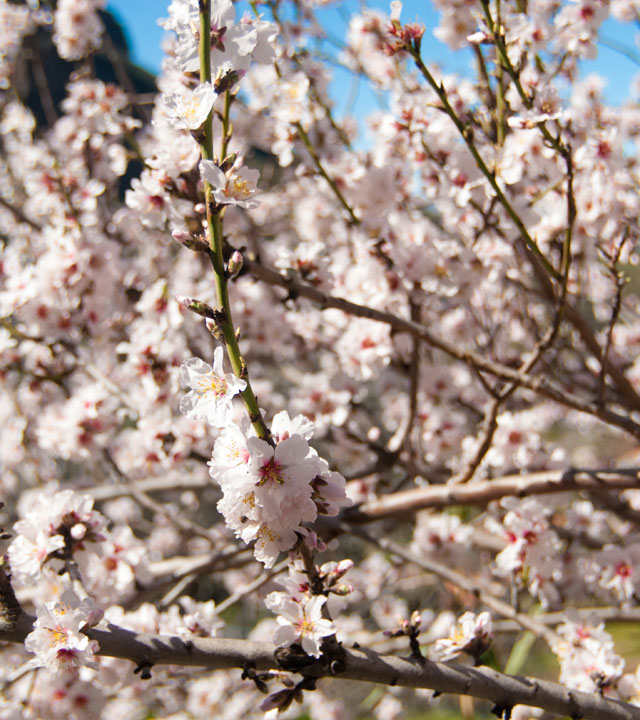
The almond continues to be a true symbol of Gran Canaria’s countryside, and the reason for annual celebrations. Projects are ongoing to safeguard the present and the future of the sector.
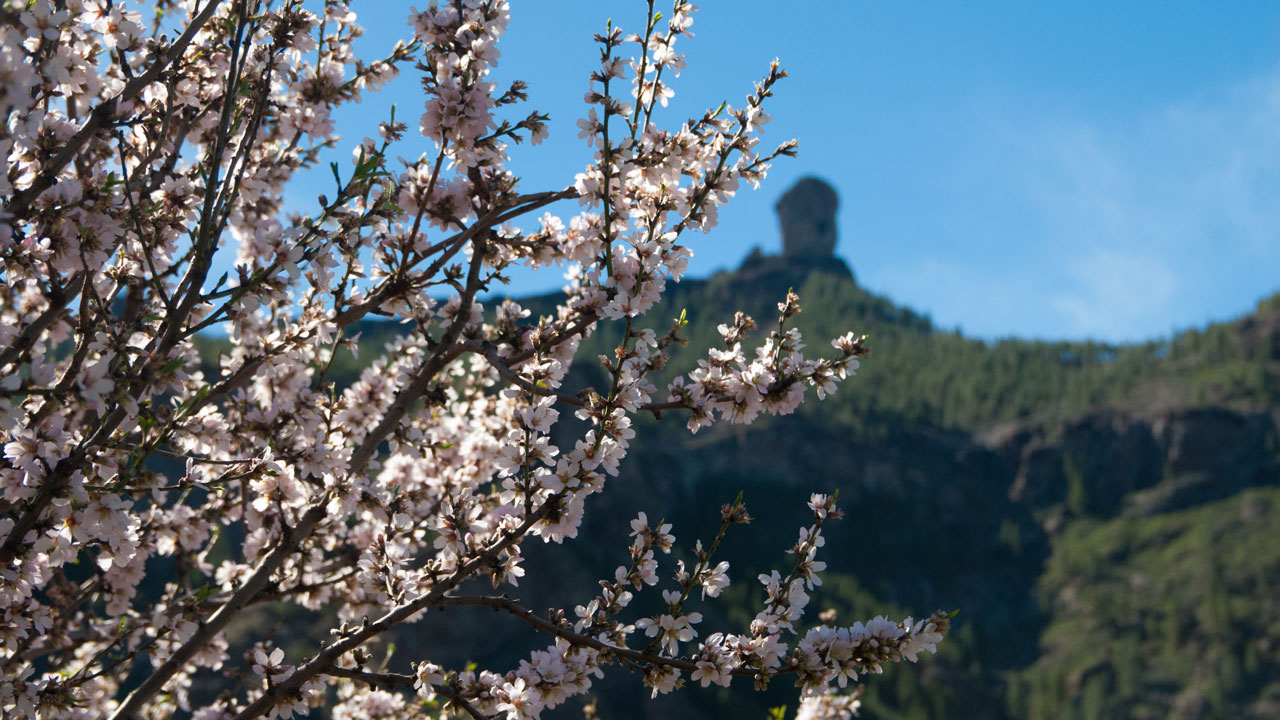
These provide exceptional opportunities to get close up to a culture which is the basis for bienmesabe cakes (made from sugar, almond, egg yolk and cinnamon), mazipans, garapiñadas and almond mojos sauces. The hard shells are used to make necklaces and even rosaries. Interestingly, the Town Halls of San Bartolomé de Tirajana, Tejeda and Valsequillo have once again jointly come up with a poetry competition called the Certamen de Poesía Ruta de Almendro en Flor.
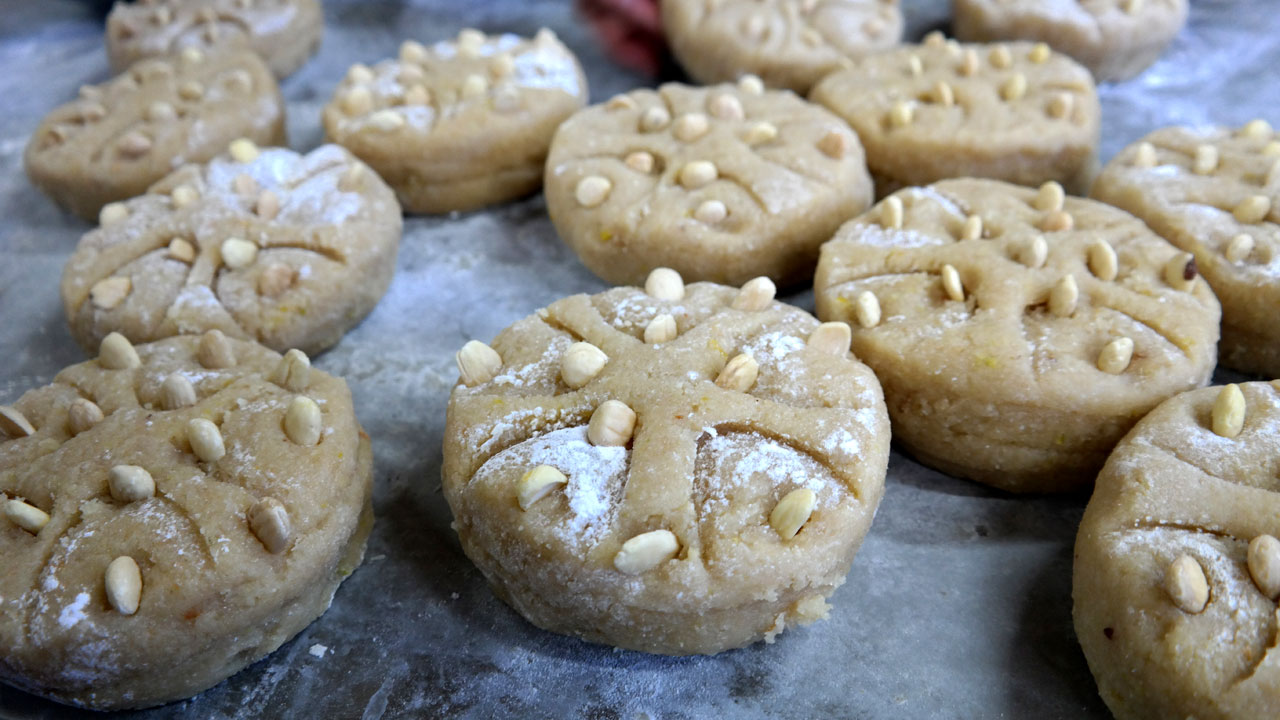
Many of these almond trees are over a hundred years old, and are quite oblivious to all this fuss, anchored in the land under their temporary white veil. They write their own prose, and brighten up our days with with their annual showpiece.

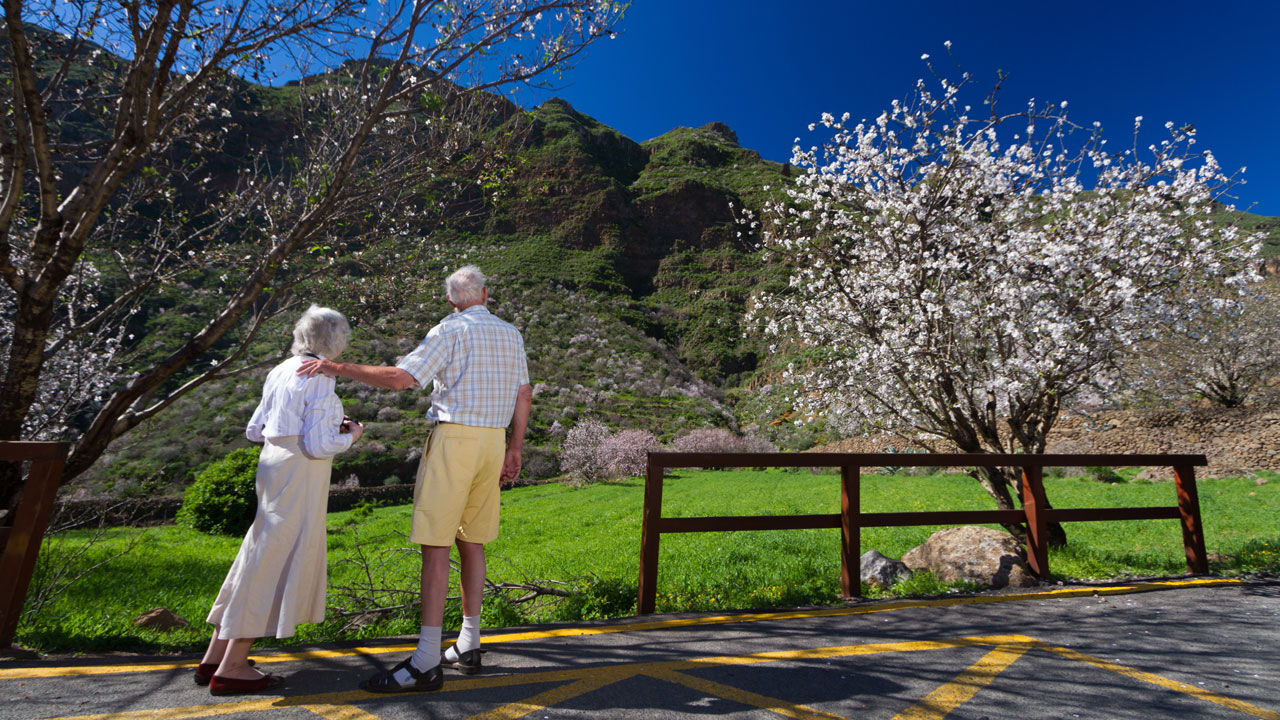
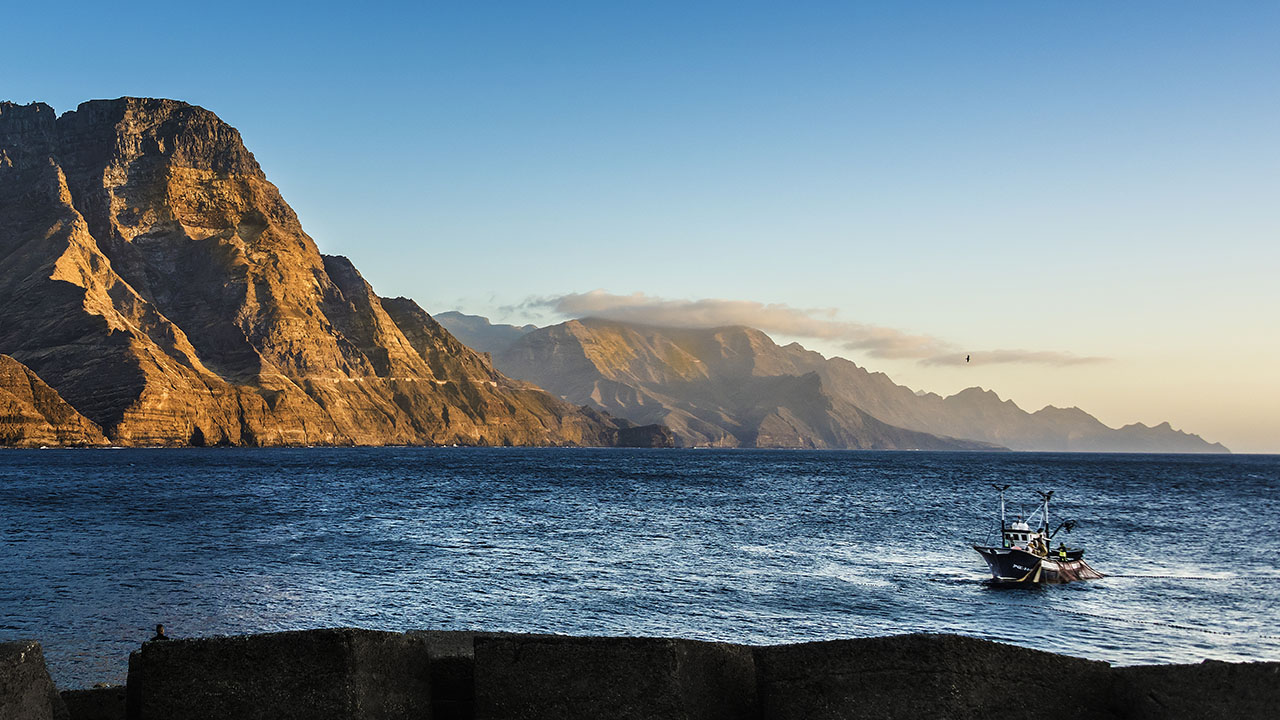
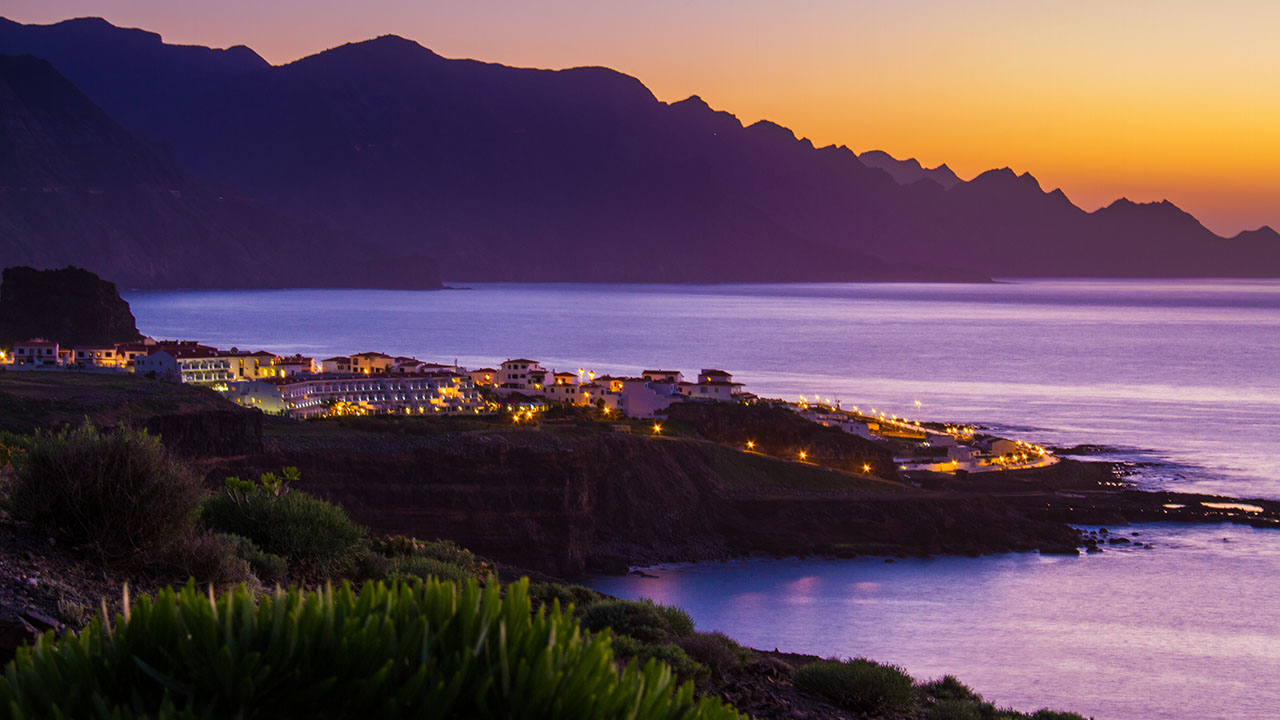
Comments are disabled for this post.